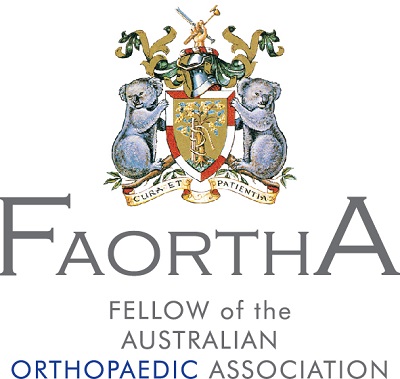Hand Lacerations
A laceration (cut) of the hand may look small on the outside but can be deep enough to cause damage to tendons, nerves and blood vessels. Dr. Kenny has experience in a range of procedures that can be used to restore the functioning of the hand.
Key information:
There are many causes of hand lacerations. A large percentage of industrial accidents involve lacerations to the hands. Accidents in the home, involving knives, tools or broken glass, for example, can result in injuries that require surgery.
Flexor tendons are on the palm side of the hand. They connect muscle to bone allowing fingers to move. Because flexor tendons are very close to the surface of the skin a deep cut can slice them into two pieces. They are under tension, like an elastic band and, when cut, pull apart. They cannot heal without surgery to re-join the ends.
Nerves conduct signals to and from the brain. Two of the important functions nerves have in the hand are muscle function and sensation (touch). As the digital nerves are very close to the flexor tendons, a cut may damage them as well. Each finger and thumb has two digital nerves. If a digital nerve is damaged the sensation in the fingertips (the area where a fingerprint is taken) is reduced, leaving a numb spot.
Each finger has two arteries. If the integrity of the arteries is compromised surgery may be required.
Symptoms may include:
- Bleeding
- Pain and/or tenderness on the palm side of fingers
- Numb fingertips
- Weakness and difficulty moving fingers
Diagnosis may involve:
- Gaining a good understanding about how the injury occurred
- A thorough examination which tests the fingers for motion, strength, sensation and blood flow
- Imaging such as X-Rays
Procedures:
Depending on the injury, there are a number of procedures that could be involved in repairing damage to the hands.
Digital nerve and artery repairs
Microsurgery uses precision instrumentation and microscopes to repair intricate structures such as nerves and blood vessels. When the Digital Nerve is repaired, fine stitches are used and then the laceration or incision might be closed with normal sutures. If there is insufficient blood supply to the fingers an artery can be repaired or reconstructed with a vein graft.
Flaps
Complex wounds might require flap reconstruction. This is where tissue is taken from another part of the body and used to repair the injured area. Tissue can be moved from another part of the hand with the blood supply still attached or taken from another part of the body with the blood supply re-attached using microsurgery. Both the donor site and the flap site will have a dressing.
Flexor tendon repairs
When repairing a flexor tendon, the wound may be extended to locate the damaged tendons. The two ends of the damaged tendon are stitched together and the wound stitched up.
The hand is put in a splint to prevent the tendons being overstretched. A simple operation might take 45-60 minutes under a general or regional anaesthetic.
Doing hand exercises will help recovery by preventing the repaired tendons getting stuck to surrounding tissue, reducing the range of hand movements.
Prognosis
Recovery from hand lacerations will depend on the type and severity of the injuries.
After the Digital Nerve is repaired it takes months to re-grow. It can be hypersensitive. Areas of permanent numbness are also common.
A repaired tendon can be back at full strength after 12 weeks but regaining a full range of movement can take six months. Some patients have stiffness which remains after surgery and physiotherapy. Sometimes another operation is needed to release scar tissue and improve motion. Generally, flexor tendon surgery gives good results in returning function to the hand.






